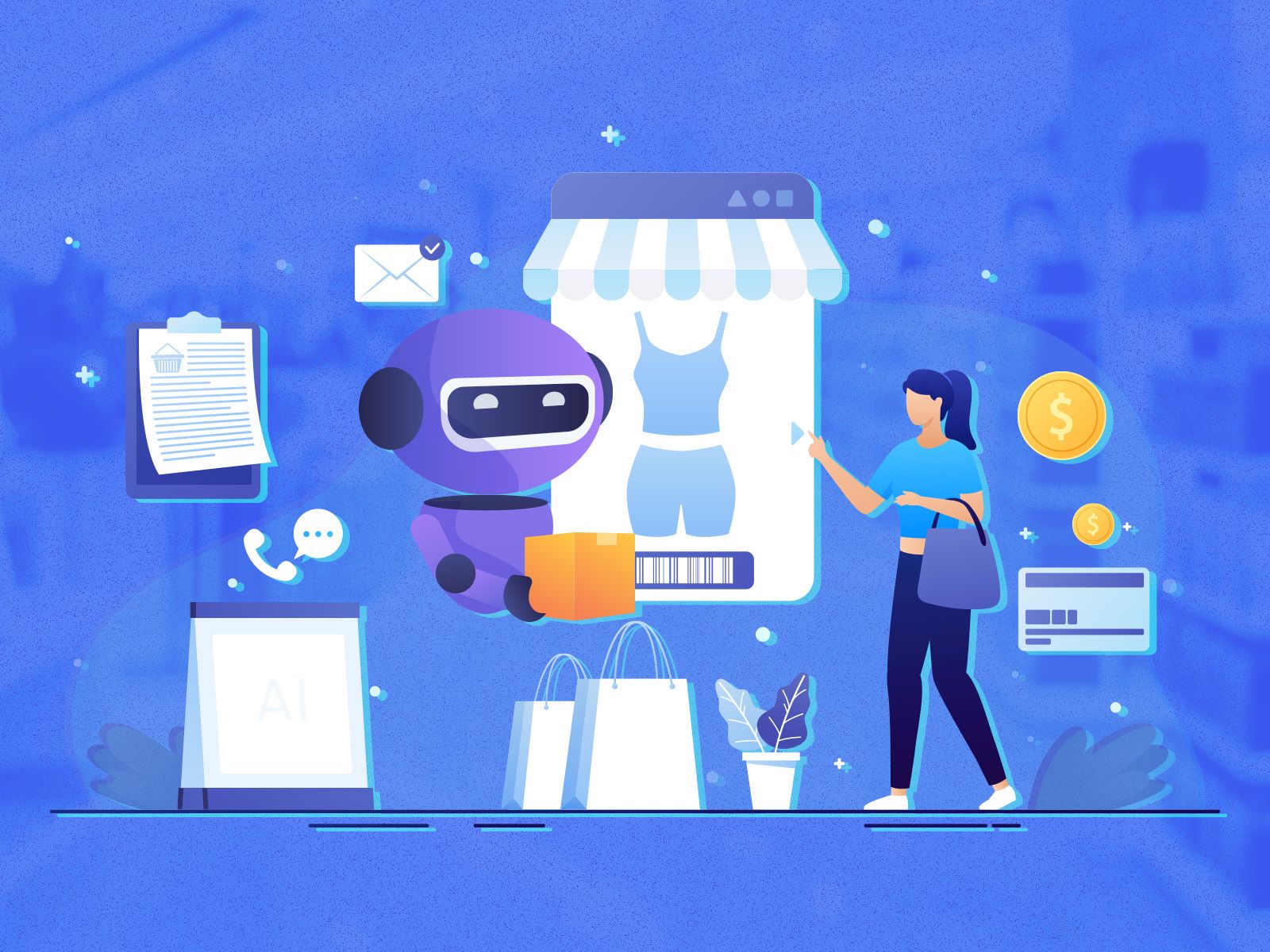What is an LLM?

Illustration: © AI For All
In today's technological landscape, one term has steadily gained prominence and sparked discussions among professionals and enthusiasts alike: the Large Language Model, or LLM. If you've interacted with a chatbot that seemed surprisingly articulate or used a tool that offered writing suggestions, you've likely experienced a touch of LLM magic. This guide is here to shed light on these powerful models, breaking down their complexities for easy understanding. Let's delve into the world of LLMs together.
Large Language Models (LLM) Demystified
A Large Language Model is essentially a colossal AI model trained to understand, interpret, and generate text that mirrors human language. The term "large" isn't just for show; these models are vast, having been trained on enormous datasets. Picture an LLM as a digital linguist, having read and internalized the essence of libraries' worth of books, articles, and web content.
The Architectural Marvel Behind LLMs
At the heart of LLMs lie neural networks, specifically a type known as transformers. Imagine these networks as intricate mazes, where each turn and junction represents a decision or understanding of the text. Transformers allow LLMs to process text in chunks, ensuring they can consider a wider context, making their outputs more coherent and contextually apt.
The Learning Curve: Training an LLM
Training an LLM is no small feat. It's a meticulous process that can be broken down into these stages:
- Feasting on Data: Initially, LLMs are exposed to vast textual datasets, absorbing as much information as they can.
- Identifying Patterns: As they sift through this data, LLMs start recognizing patterns, relationships, idioms, and even cultural nuances within the language.
- Continuous Refinement: With more exposure and feedback loops, LLMs continually refine their understanding, enhancing their ability to generate precise and contextually relevant text.
The Many Hats of LLMs: Diverse Applications
LLMs aren't just theoretical marvels; they're practical workhorses with a plethora of applications:
- Content Creation: From bloggers to scriptwriters, many professionals now use LLM-driven tools for inspiration, content generation, or even editing assistance.
- Customer Interactions: Modern chatbots, powered by LLMs, can provide detailed, relevant, and often indistinguishably human-like responses, enhancing user experience.
- Educational Platforms: LLMs are making waves in education, aiding in tutoring platforms, crafting study materials, or even assisting researchers.
- Tech Development: In the realm of coding, LLMs can suggest code, help debug, or even document software.
The Roadblocks and Ethical Labyrinths of LLMs
The journey of LLMs isn't without its bumps. Given their extensive training data, there's always a risk of inheriting biases or inaccuracies. Ensuring LLM outputs are both accurate and free from prejudice is an ongoing challenge. Moreover, as with all powerful tools, there's an ethical dimension. The potential for misuse, from generating misleading information to more subtle concerns like job displacement in certain sectors, requires careful consideration and regulation.
The Broader Impact: LLMs in the AI Ecosystem
LLMs represent a significant stride in the AI journey. Their ability to understand and generate human-like text not only opens doors for numerous applications but also paves the way for more advanced and nuanced human-machine interactions. As AI continues to evolve, LLMs will undoubtedly play a pivotal role in shaping its trajectory.
Conclusion
Large Language Models, with their linguistic prowess, stand at the forefront of AI's intersection with human language. As we increasingly intertwine our digital and physical worlds, understanding the nuances, capabilities, and challenges of tools like LLMs becomes not just beneficial but essential. So, whether you're a tech enthusiast, a professional in the digital domain, or simply a curious soul, the universe of LLMs offers a fascinating realm to explore.
Large Language Models (LLMs)
Natural Language Processing (NLP)
Author
Ryan is the CMO and one of the Co-Creators of both AI For All and IoT For All. Before helping create the For All brands, Ryan has served as a founder, early-stage employee, and start-up advisor -- helping to build, market, raise funding for, and launch technology-related products and businesses — all leading to an ever-growing obsession with technology. Contact Ryan at [email protected].
Author
Ryan is the CMO and one of the Co-Creators of both AI For All and IoT For All. Before helping create the For All brands, Ryan has served as a founder, early-stage employee, and start-up advisor -- helping to build, market, raise funding for, and launch technology-related products and businesses — all leading to an ever-growing obsession with technology. Contact Ryan at [email protected].









